Ed Ross- Wet Plate Photography
The wet plate, aka
collodion, photographic process dates from 1851, having been invented by
Frederick Scott Archer, an English sculptor. Archer did not seek a
patent on his process, and in fact “died in extreme poverty.” An
obituary described him as “a very inconspicuous gentleman, in poor
health.”
There are two “types”
of wet plate photography — ambrotype and tintype. An ambrotype, which
was described by Archer, is based on glass, and a tintype is based on
metal. Each type has advantages. The ambrotype can be developed as a
negative, and prints made from it. For this reason, it was (and is) the
favorite of professional photographers looking to sell prints
(historically, albumen prints), for example as cabinet cards, made from
the negatives. The advantage of the tintype is that it is cheaper to
produce and it is durable (ie, in comparison, the glass plates can
easily shatter).
of wet plate photography — ambrotype and tintype. An ambrotype, which
was described by Archer, is based on glass, and a tintype is based on
metal. Each type has advantages. The ambrotype can be developed as a
negative, and prints made from it. For this reason, it was (and is) the
favorite of professional photographers looking to sell prints
(historically, albumen prints), for example as cabinet cards, made from
the negatives. The advantage of the tintype is that it is cheaper to
produce and it is durable (ie, in comparison, the glass plates can
easily shatter).
With the advent of
digital photography, and the relative demise of film photography, wet
plate photography (and other alternative processes) has experienced
somewhat of a renaissance. The practitioner is able to mix his or her
own chemicals and use them in a “wet plate” camera, i.e., a view camera
with a purpose built back for the “wet plate” as opposed to the sheet of
dry film.
digital photography, and the relative demise of film photography, wet
plate photography (and other alternative processes) has experienced
somewhat of a renaissance. The practitioner is able to mix his or her
own chemicals and use them in a “wet plate” camera, i.e., a view camera
with a purpose built back for the “wet plate” as opposed to the sheet of
dry film.
Ross works with two cameras, a
half-plate box-style camera (made by Ty Guillory) and an 8×10
bellows-style camera (made by Black Art Woodcraft). He uses “period” lenses, manufactured by Dallmeyer, and Ross (no relation).
half-plate box-style camera (made by Ty Guillory) and an 8×10
bellows-style camera (made by Black Art Woodcraft). He uses “period” lenses, manufactured by Dallmeyer, and Ross (no relation).
For more information visit edrossphotography.com

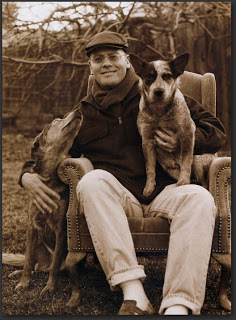
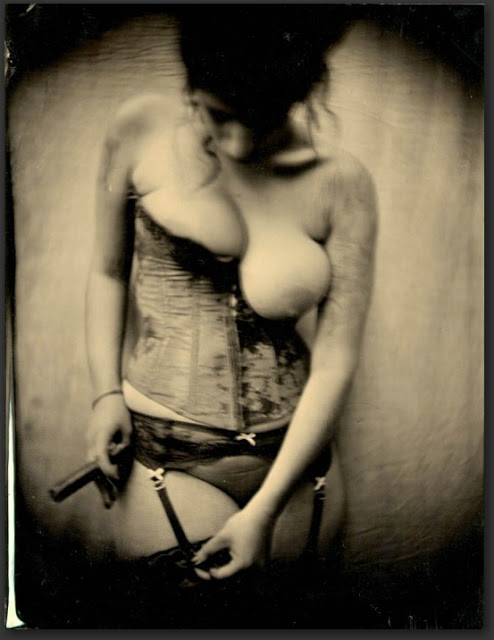
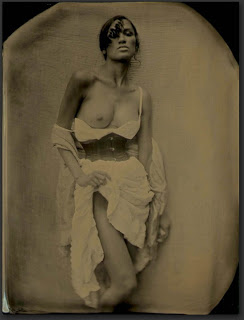
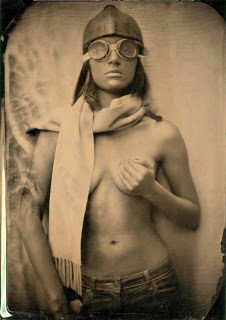
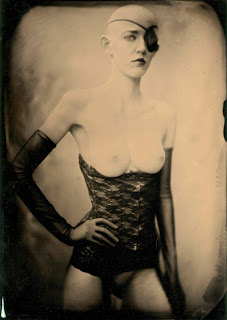
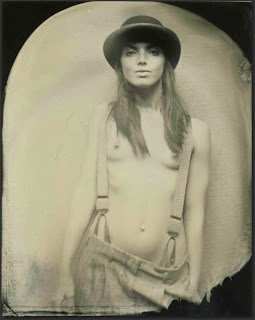
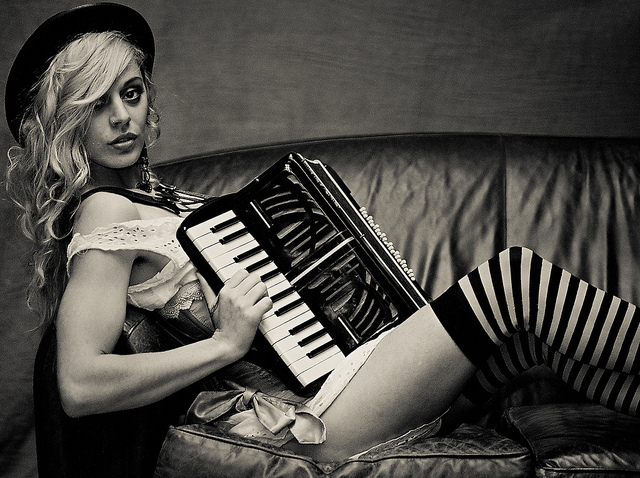
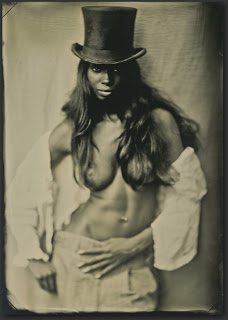
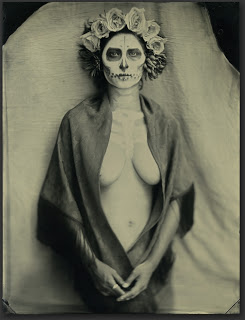
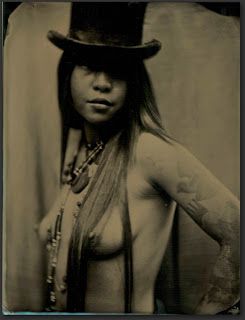
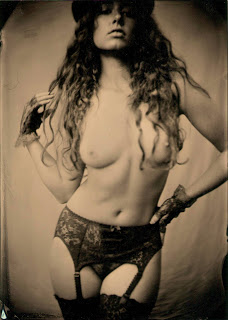
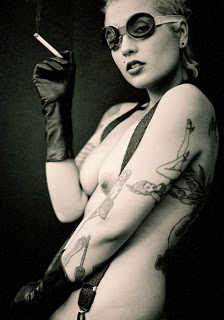
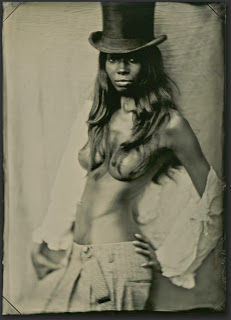
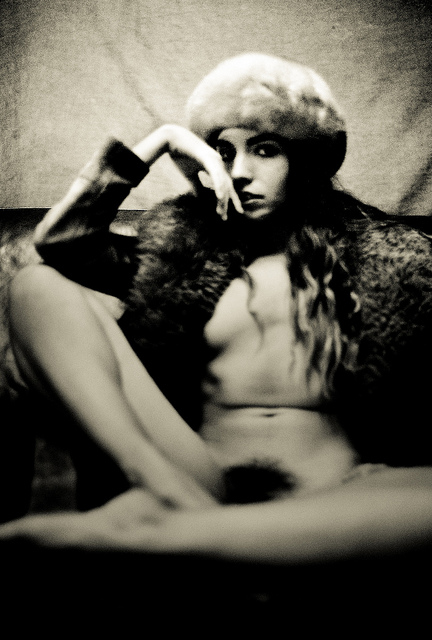
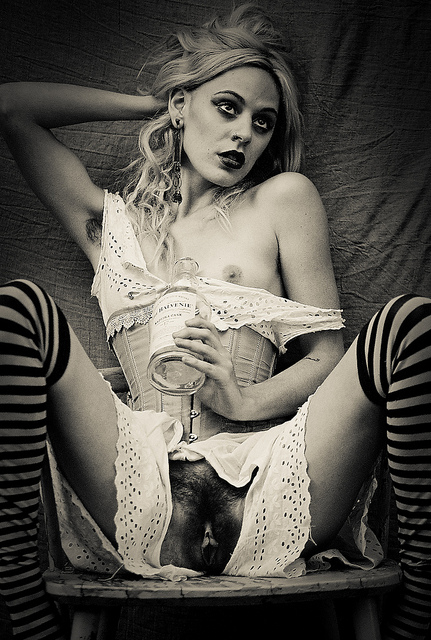
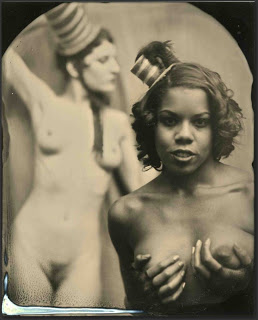
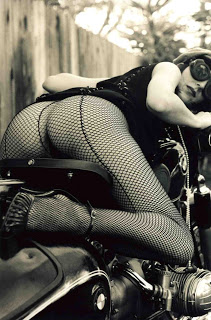
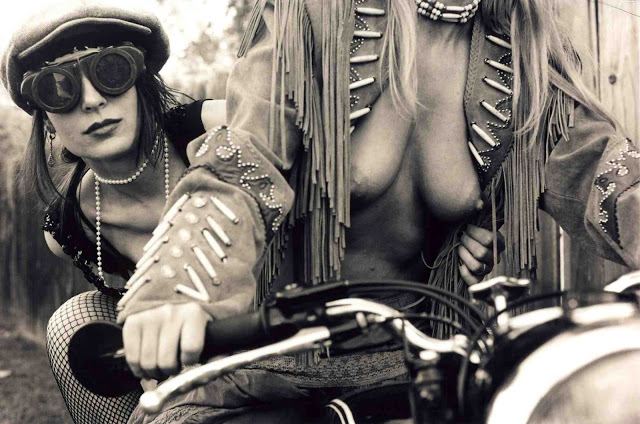
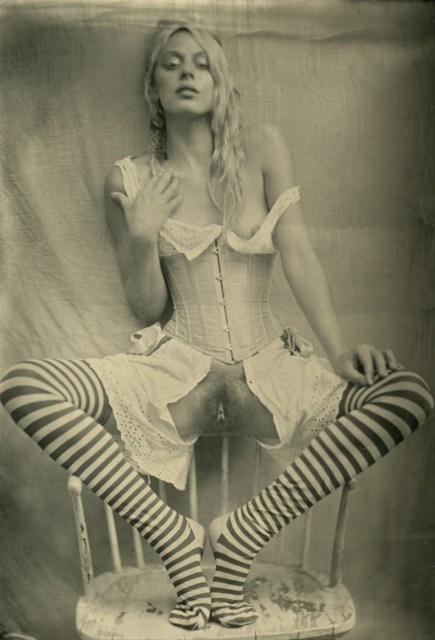
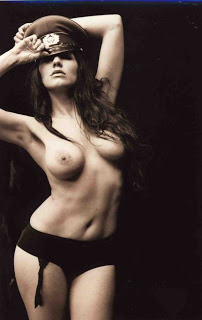
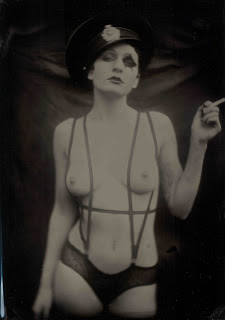
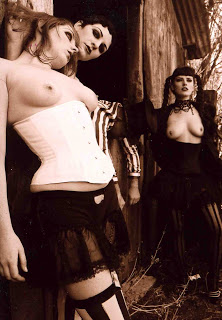
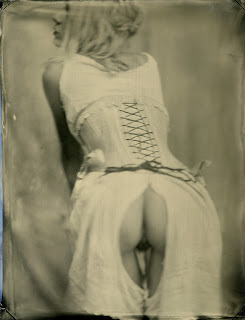
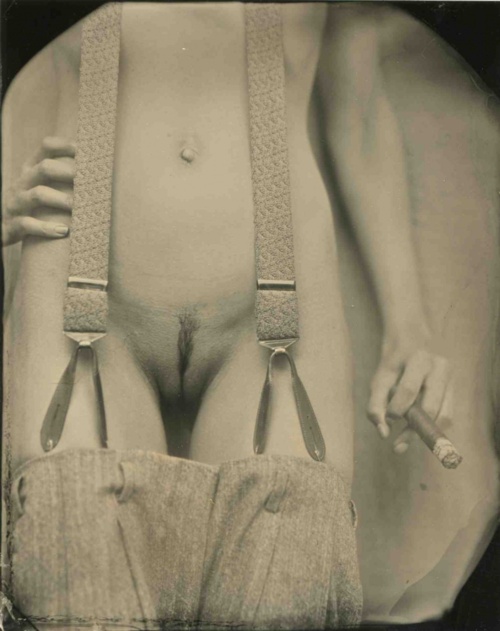
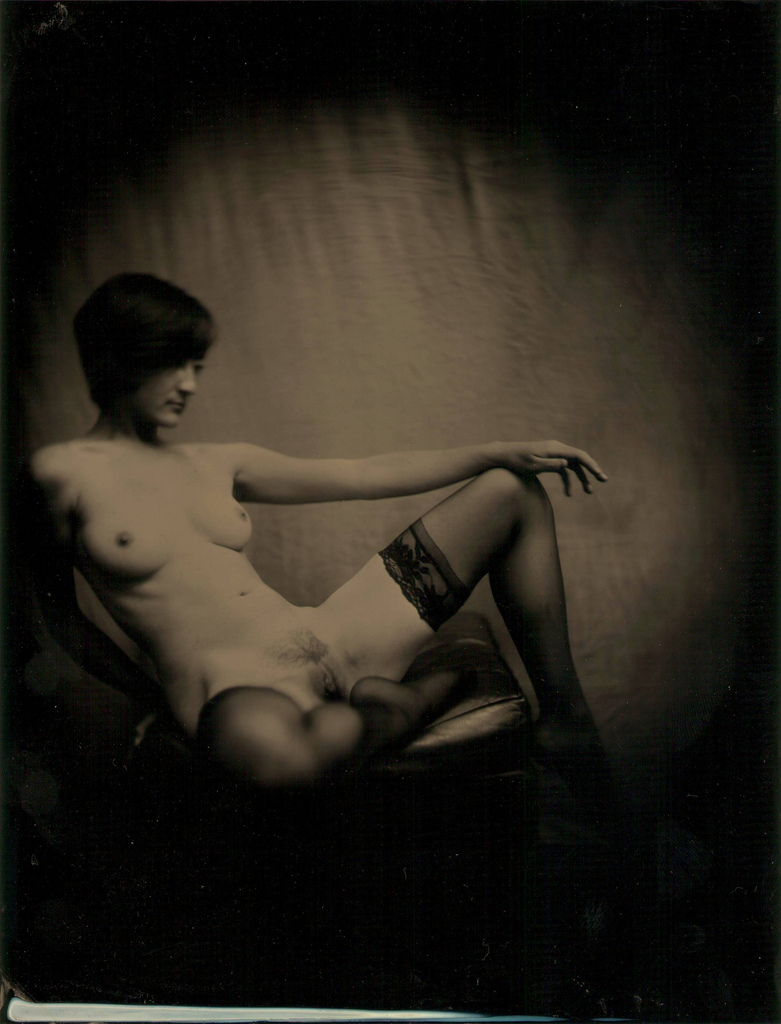
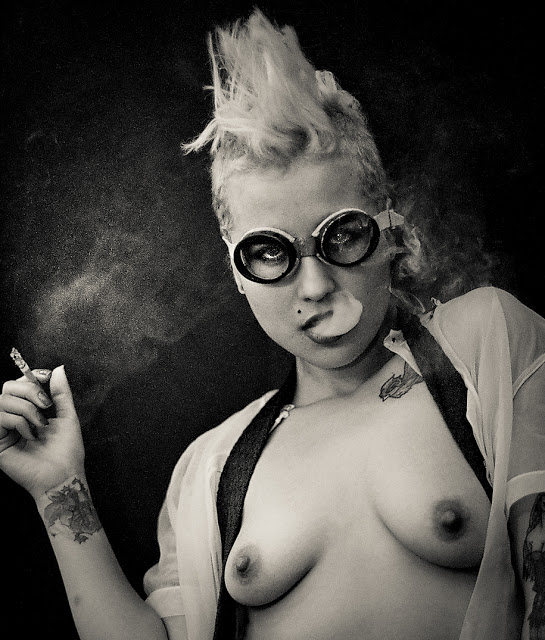
Comments
Ed Ross- Wet Plate Photography — No Comments
HTML tags allowed in your comment: <a href="" title=""> <abbr title=""> <acronym title=""> <b> <blockquote cite=""> <cite> <code> <del datetime=""> <em> <i> <q cite=""> <s> <strike> <strong>